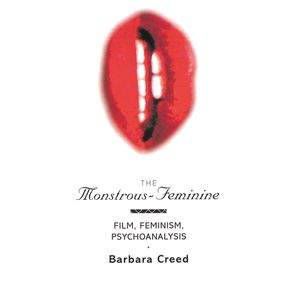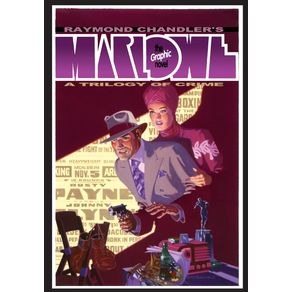-
DEPARTAMENTOS
- ANIMAIS DE ESTIMAÇÃO
- ARTES
- AUTO AJUDA
-
BEM ESTAR E LAZER
-
CATEGORIAS
-
-
CULINÁRIA E GASTRONOMIA
-
CATEGORIAS
-
-
ESPORTES
-
CATEGORIAS
-
- INFANTIL
-
RELIGIÃO
-
CATEGORIAS
-
- ADMINISTRAÇÃO E NEGÓCIOS
-
CIÊNCIAS BIOLÓGICAS E NATURAIS
-
CATEGORIAS
-
- DIREITO
- ECONOMIA
-
MEDICINA
-
CATEGORIAS
-
-
TODOS DEPARTAMENTOS
-
INTERESSE GERAL
-
LIVROS TÉCNICOS
-
- IMPORTADOS
The Man of Genius
Cód:
491_9781909606128
The Man of Genius
Autor:
Código:
491_9781909606128
Vendido e entregue por Um Livro
First published in English in 1891, the present work argues that genius is a morbid condition, a form of insanity (albeit a very special one), which often occurs alongside physical or other mental abnormalities. Alexander was short. Cardano a hypochondriac. Socrates had a cretin-like physiognomy. Giotto had rickets. Kant had an abnormal development of the left parietal bone. Erasmus stammered. Saint Paul was an epileptic. Coleridge an alcoholic. Nerval a manic depressive. Carlyle abused his wife. Lombroso surveys hundreds of artistic, literary, and religious figures, noting the aberrations in their personalities, private lives, habits, creative work, physical traits, and psychological characteristics. The theory herein advanced, though controversial even in its day, proved nevertheless culturally influential. Notably, the author offered one of the earliest examinations of the art of the insane. Hans Prinzhorn, author of The Artistry of the Mentally Ill (1922) was inspired by Lombrosos examination of psychiatric art. Prinzhorns work would in turn inspire Jean Dubuffet to found the Art Brut movement. Similarly, Max Nordaus Degeneration (1892)-an attack on degenerate art-owes much to Lombrosos work concerning men of genius in art and literature. Though outdated as a scientific study, with its fusion of criminology, criminal anthropology, degeneration theory, psychiatry, physiognomy, and Social Darwinism, The Man of Genius remains, all the same, a landmark in the history of ideas. And, though modern psychology classes much of what Lombroso deemed signs of insanity as minor aberrations, have his insights not retained an element of truth?
Veja mais


































